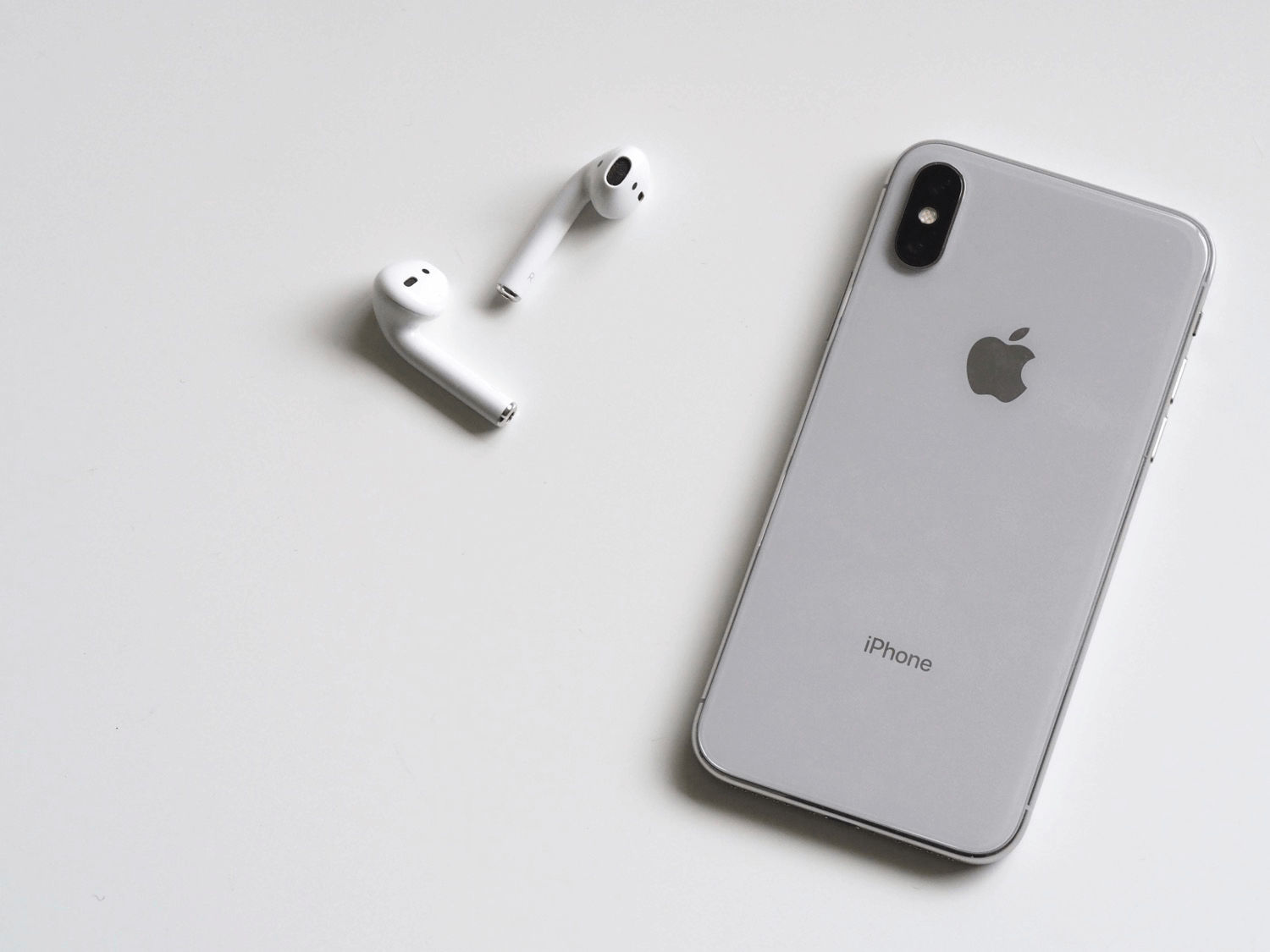The Case for Using Ultra Wideband for Lossless and More

Casey, John, and Marco discussed on Accidental Tech Podcast how Apple could bring lossless music support to its wireless headphones. It was sparked by a recent interview with Gary Geaves, an Apple audio VP who hinted that they’re not content with Bluetooth’s capabilities.
A brief synopsis of their discussion: Using vanilla Bluetooth sounds like it’s out of the question for lossless because it’d take too much bandwidth, so Apple would need to use some special sauce on top or go with a new protocol. John did some (banned) research and found that Ultra Wideband (UWB), which Apple has built into several generations of iPhones, not only has plenty of bandwidth but also beats out Bluetooth on a whole host of features like range battery life, and latency.
Looking back at the launch of the U1 chip with the iPhone 11, Apple didn’t have much to say about why it deserved its spot on the tightly-packed motherboard where space is at a premium. But they did tease future capabilities (emphasis mine):
The new Apple‑designed U1 chip uses Ultra Wideband technology for spatial awareness — allowing iPhone 11 Pro to understand its precise location relative to other nearby U1‑equipped Apple devices. It’s like adding another sense to iPhone, and it’s going to lead to amazing new capabilities.
With U1 and iOS 13, you can point your iPhone toward someone else’s, and AirDrop will prioritize that device so you can share files faster. And that’s just the beginning.
Since that humble beginning, not much has come of the U1. HomePod mini uses it to bring more reliable music handoff when tapping your phone to the speaker. Some cars can use it for a key, and some new HomeKit locks do too. Developers are starting to get access to use it in their apps. But no features have been introduced that I would say warranted that unusual public tease from Apple.
However, if Apple were to put UWB chips into more of their products to enable better wireless audio, I think they’d have a banner feature. It would be another way for Apple to own and control the underlying technology leading directly to a better experience for their customers. John mentions that Ultra Wideband is an open standard, which means that third parties could likely still take advantage of its capabilities down the road. Still, Apple can bring it unilaterally across its entire ecosystem more quickly and effectively than perhaps any other company. I could see that as a tangible benefit to switching to the Apple ecosystem.
If everything John said about UWB is possible, it really could lead to “amazing new capabilities.” It doesn’t have to stop with audio. Any sort of local device-to-device data transfer that benefits from fast speed and low latency could potentially benefit from it. Maybe features like Universal Control would be better suited to use UWB than the legacy Handoff stack built on Bluetooth and peer-to-peer Wi-Fi.
Anyway, the entire discussion in this linked podcast chapter is worth a listen. I’m firmly on Team UWB and hope to see more fruits from it soon!